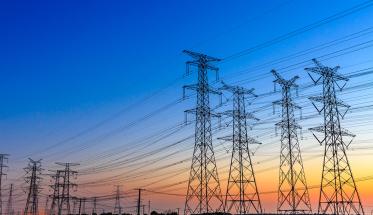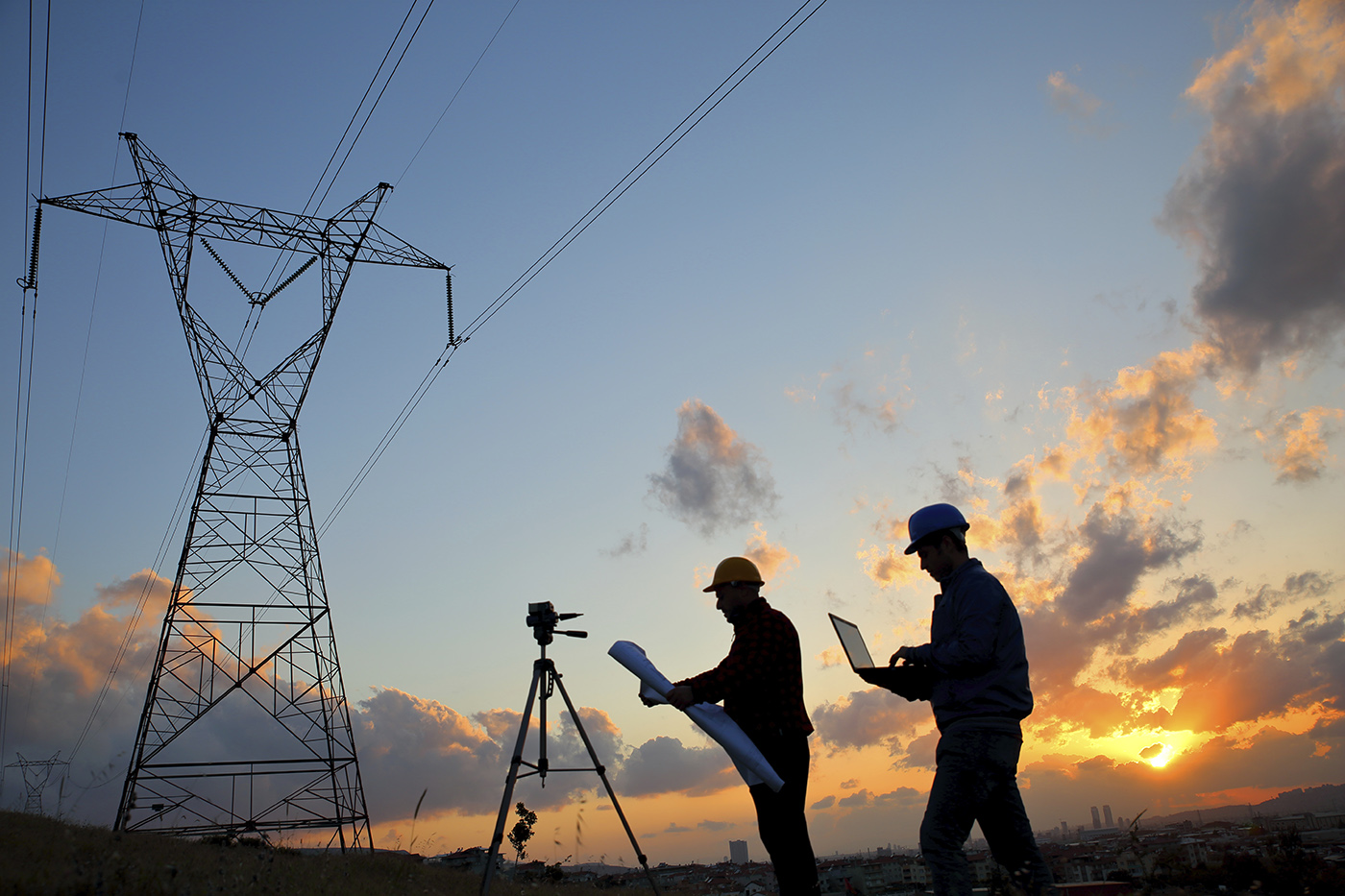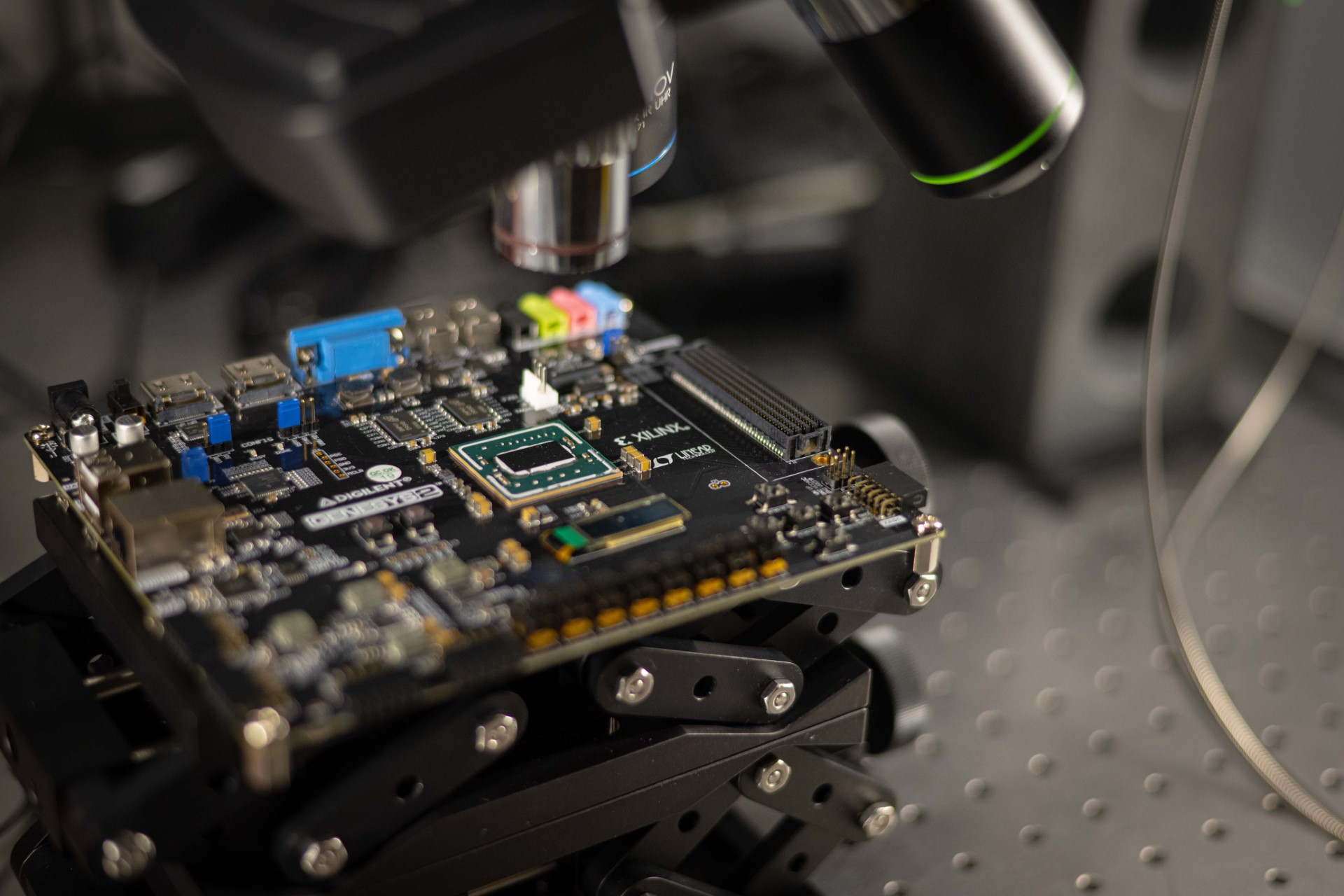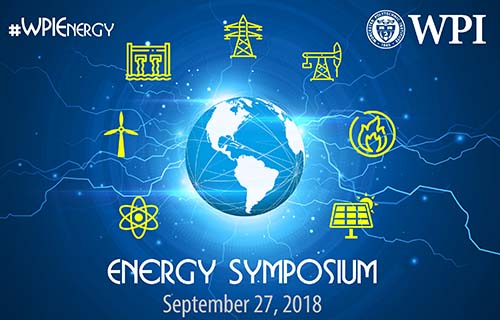As the national power grid becomes increasingly dependent on computers and data sharing—providing significant benefits for utilities, customers, and communities—it has also become more vulnerable to both physical and cyber threats.
 Michael Ahern
Michael Ahern
While evolving standards with strict enforcement help reduce risks, efforts focused on response and recovery capabilities are just as critical––as is research aimed at creating a well-defended next generation smart grid. The Daily Herd recently sat down with Michael Ahern to discuss the many challenges involved in securing the national power grid against physical and cyber attacks––both now and in the future.
In addition to his role as director in WPI’s Corporate and Professional Education and instructor for the Foisie Business School, Ahern also leads a WPI research team supporting BAE Systems as part of the Defense Advanced Research Project Agency's Rapid Attack Detection, Isolation, and Characterization Systems (DARPA RADICS) intitative.
What is being done in the U.S. to protect the power grid from cyberattacks?
Here in the U.S., a lot is being done to protect the power grid from cyberattacks. The power grid, or electric transmission system, is required to meet the North American Electric Reliability Corporation's Critical Infrastructure Protection (NERC CIP) Standards. These standards include mandatory requirements for specific actions to protect the power grid from both physical and cyberattacks. CIP Standards are updated regularly to address emerging threats and are vigorously enforced by independent auditors backed by Federal Energy Regulatory Commission [FERC] fines for noncompliance.
The result of these regulations and their enforcement is reduced risk of attacks that create widespread power outages.
Even with these evolving standards, cybersecurity is like a race that never ends. Attackers are learning and building their capabilities, too. Many nation states and rogue organizations are developing their cyberattack capabilities. We've seen attacks against power grid control systems create widespread outages twice in Ukraine. Recently, the U.S. Department of Homeland Security reported attempts to insert malware in our electric power control systems.
The U.S. recognizes the risk that other nations may develop cyberattacks the industry is unable to stop. One initiative DARPA launched several years ago is called Rapid Attack Detection, Isolation, and Characterization Systems [RADICS], research to develop technology that cybersecurity personnel, power engineers, and first responders can utilize to accelerate restoration of cyber-impacted electrical systems.
Overall, the U.S. industry is improving defenses and the U.S. government is conducting research to add new restoration capabilities.
What are the risks if attempts to disrupt the power grid are successful?
Clearly, power grid outages are disruptive. Not only do we lose the lights, after a few days, we may lose water treatment capabilities and also find it difficult to find an open gas station to refuel our cars and trucks. If a nation can do this, it can make coercive threats against other nations without actually going to war.
"Other universities may offer some of these courses and specializations. However, few offer the same range [as WPI]—from managing cybersecurity as a business risk all the way to teaching computer skills that can be applied to develop today’s defenses." -Michael Ahern
How can the U.S. better protect against such attacks?
With attackers learning and developing, defenses for all types of critical infrastructure control systems—including water, gas, and transportation—must improve just to keep pace.
On a personal level, we would all do well to learn to protect ourselves from cybertheft with malware like ransomware. Most of these attacks start with phishing to get us to install their malware and then exploiting an existing software vulnerability. The top few things we should all do to better protect ourselves include hovering over links and checking to see where these links are sending our internet browser before we click; having a questioning attitude about any and all information requests (never give away your ID and password); and quickly installing software patches and updates to apps to eliminate known vulnerabilities.
What are some of WPI’s academic offerings in cybersecurity? How does WPI approach the topic differently from other universities?
WPI offers several multidisciplinary options for graduate-level cybersecurity education. Our computer science department teaches courses in software security, intrusion detection, digital forensics, and machine learning. In fact, we offer a specialization in security within the master’s degree program.
The Foisie Business School has taught graduate courses in information security for years. We include cybersecurity as a course and, more recently, we have taught cybersecurity as a type of business risk to manage. Also, WPI’s electrical and computer engineering department has taught cryptography for over 20 years, offering courses in wireless and internet security while actively adding more courses.
Our data science education provides capabilities that can be applied to improve cybersecurity. And there’s a Cybersecurity Club for both graduate and undergraduate students from any WPI major.
Other universities may offer some of these courses and specializations. However, few offer the same range—from managing cybersecurity as a business risk all the way to teaching computer skills that can be applied to develop today’s defenses.
- By Paula Owen









